Some plants can be quite toxic to horses, so it’s important to watch out for them in pastures and hay. While the complete list of poisonous plants is extensive, here are some common plants that are toxic and may cause health issues in horses.
Toxic Plant: Buttercup
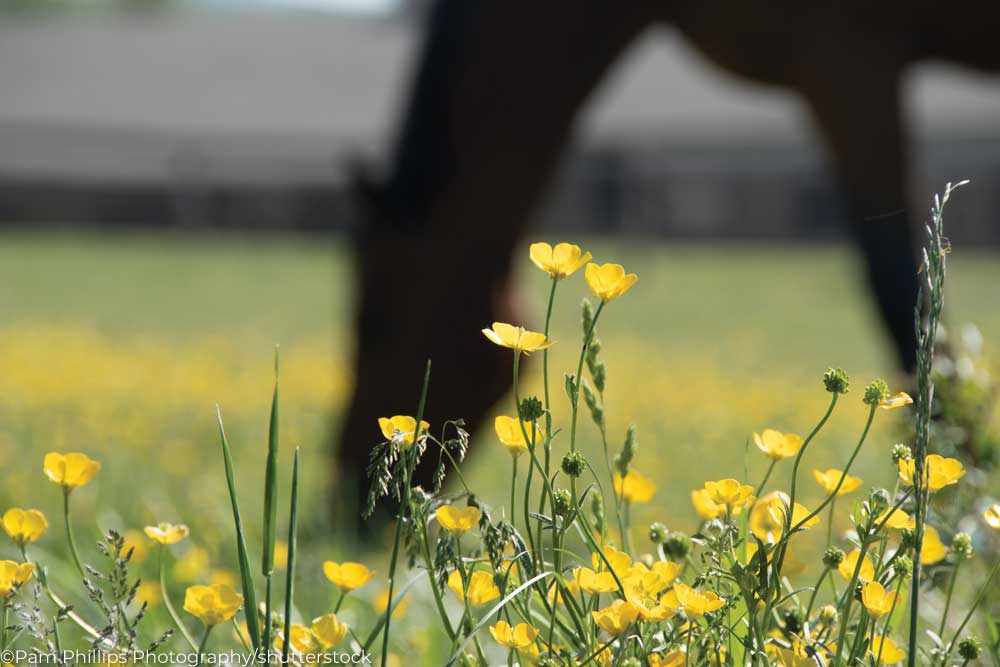
The entire buttercup plant is toxic, although the yellow flowers (when present) are the most potent. Buttercups contain ranunculin—an ordinary harmless glycoside which, unfortunately, breaks down into an irritant when it is disturbed, such as by the chewing motion of a curious horse. As a result, horses who over-indulge in buttercups may suffer from blisters in their mouths or mild to severe digestive issues.
Mowing is one way to control the plant, as this may encourage grass growth which will help choke out the buttercups; overgrazing an area may in turn encourage the buttercups.
Luckily, buttercups (in theory) taste quite terrible, so most horses will avoid the plant unless there is little else to munch on. Mowing is one way to control the plant, as this may encourage grass growth which will help choke out the buttercups; overgrazing an area may in turn encourage the buttercups.
Harmful Plant: Burdock and Thistle
The biennial burdock is not technically a toxic plant for horses to eat, but its presence can cause other health concerns. Burdocks—which go by a host of other names—are those large-leafed bushes that look a bit like rhubarb, grow a few feet tall, and put out burrs with tiny hooks that stick to everything.
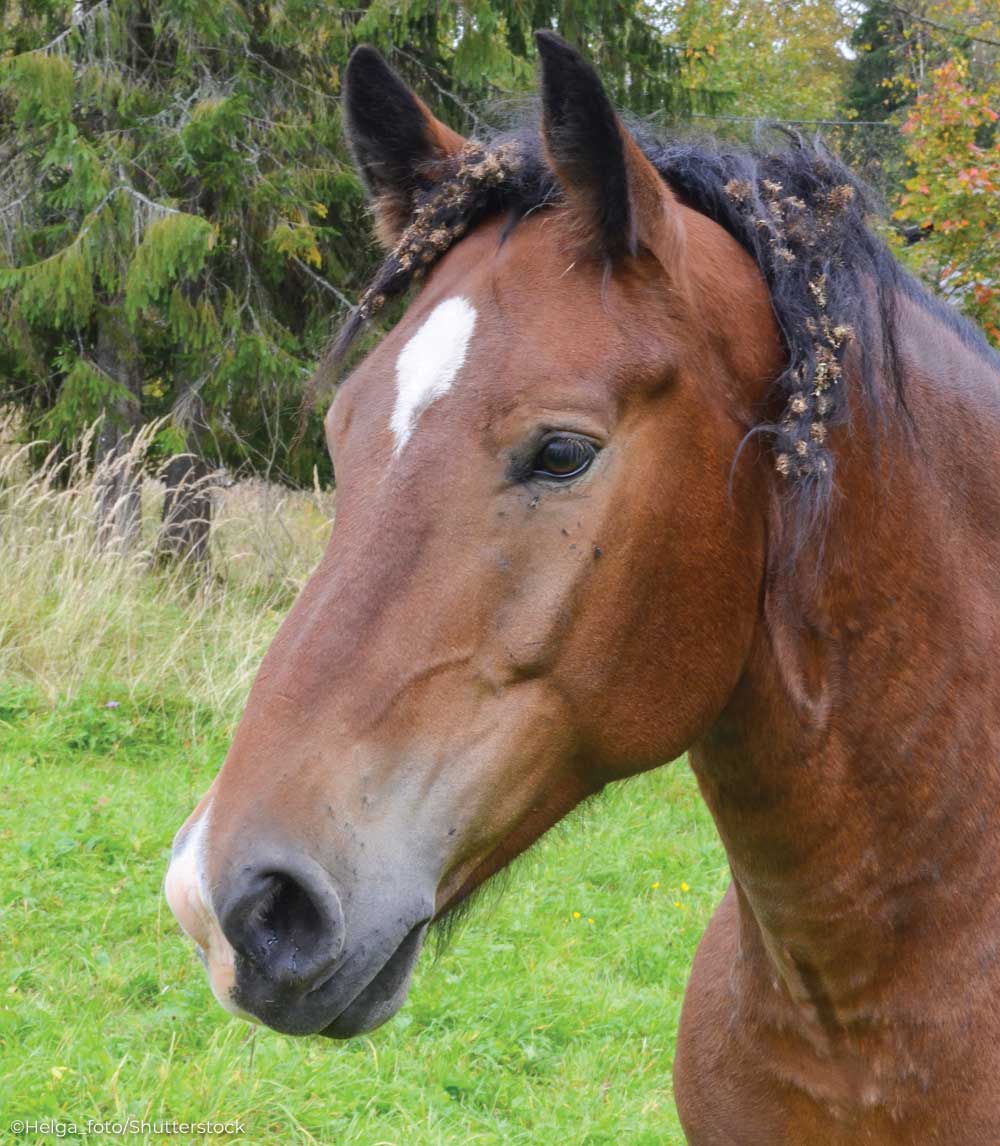
In fact, the invention of Velcro was inspired by burdocks when Swiss engineer George de Mestral examined the burrs under a microscope after a walk in the woods. The burdock’s very effective method of seed dispersal ensures that the plant can spread quickly. For horses, the plant’s burrs can easily become entangled in their coats, manes, and tails, and can occasionally cause skin or eye irritation. Those large burr tangles are one of the toughest grooming jobs, so if you can, try to chop down, mow, or pull up burdock plants in the spring or early summer before they flower and grow their frustrating burrs.

Varieties of thistle are similarly annoying, with sometimes fierce prickles growing all along the plant. Some equines seem to actually enjoy thistle flowers (it works for Eeyore), but certain varieties can be toxic. At any rate, you don’t want thistle prickles to get stuck in your horse’s lips or tongue. Wear heavy gloves, grab a shovel, and be careful as you remove these plants.
Toxic Plant: Milkweed
Another toxic plant for horses is Milkweed. Milkweed is popular with monarch butterflies as a place to lay their eggs—in fact, it’s the only place monarch butterflies lay eggs. And while milkweed may be a fine food source for young caterpillars, it’s definitely not fine fodder for horses, and not something you want to see growing in your pasture.
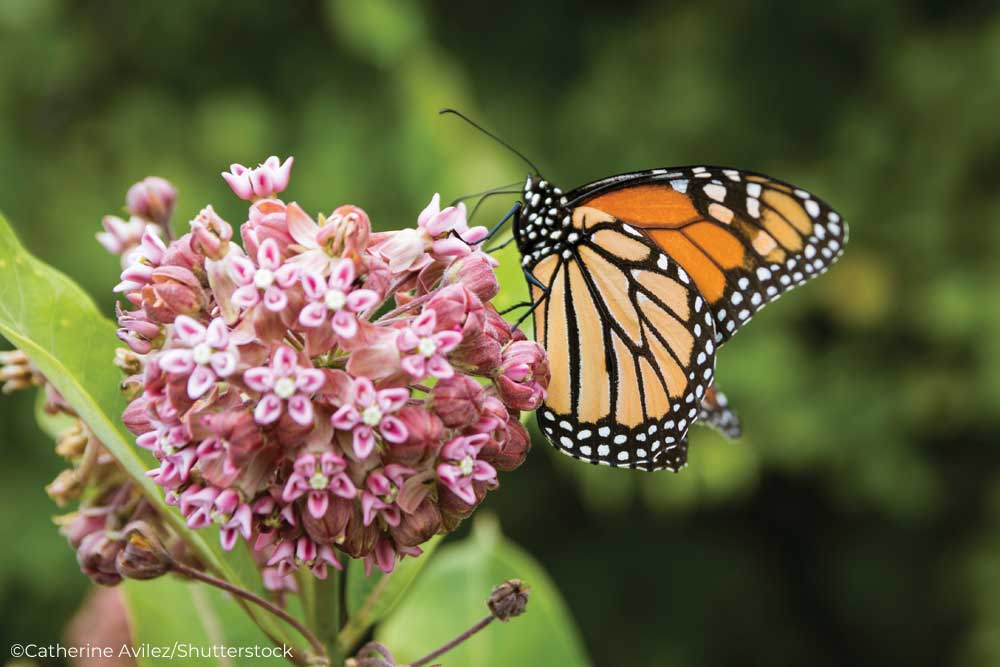
You’ll find various species of milkweed growing across much of North America, though it’s absent from most of the Southwest, and not all species have the same level of toxicity. Still, when broken, milkweeds release a milky (no surprise there) substance that contains galitoxin and cardenolides, and it doesn’t take a very large amount of milkweed to be poisonous to horses.
Happily, many horses tend to leave milkweed alone, but eliminating it entirely is a better option. As with buttercups, one way to keep milkweed at bay is to avoid overgrazing your pastures and to routinely mow areas where the plant wants to grow. It’s fairly easy to remove by hand-pulling; just be sure to wear gloves. Additionally, try to avoid feeding hay with milkweed in it.
Toxic Plant: Bracken Ferns
Another plant that is toxic to horses are bracken ferns. Most horses will leave bracken ferns alone as long as there are other food sources available, but horses do funny things, so it’s best to eliminate ferns from your pasture to avoid issues.
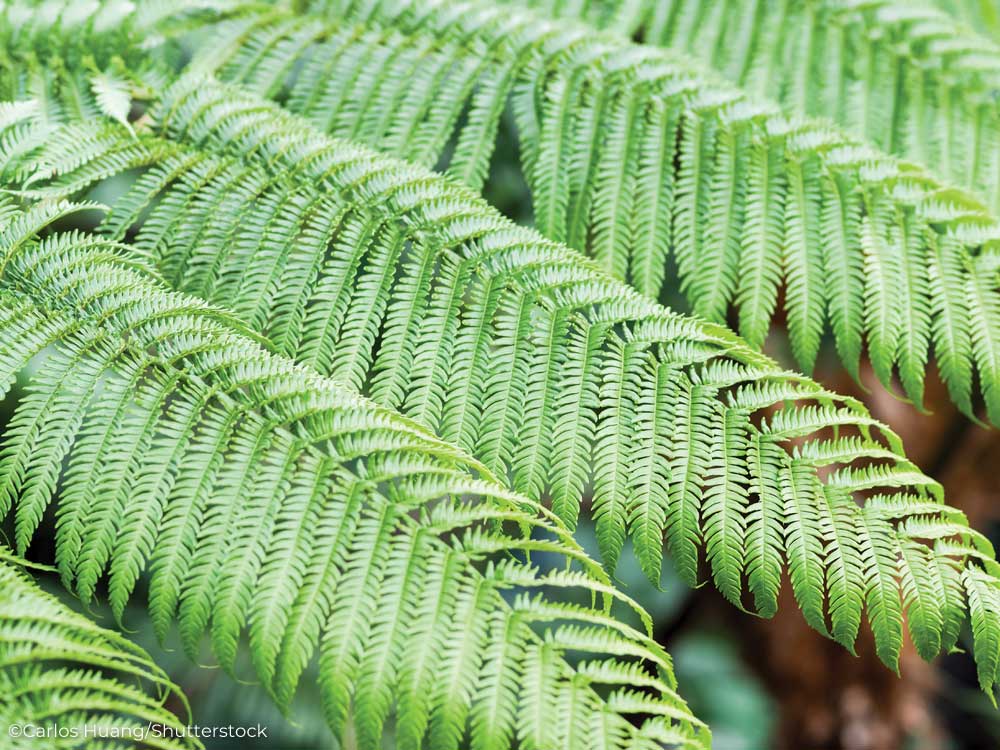
Bracken ferns often grow in the transitional areas between woods and fields, and if a horse consumes large amounts of the ferns, it can cause a vitamin B1 deficiency, which in turn can lead to various neurological symptoms. Pastures that are in full sun and away from wooded areas will likely be free of ferns.
Toxic Trees
Horses and horse owners both love trees near pastures. Besides adding beauty to your farm property and ambience to your pastures (what’s nicer than a few horses grazing happily under a single large tree?), trees can also offer a windbreak in winter and valuable shade during the hottest summer days.

But as nice as they are, not all trees are of equal value to horse owners, since some tree leaves are poisonous if ingested by horses. Definitely avoid planting these species, and you might even consider taking down existing trees if you’re building a new pasture in their vicinity. A few problem trees include:
Maple Leaves:
The leaves of maple trees—and in particular red maples—can be unhealthy for horses. They’re not so much of a problem when the leaves are fresh, but dried/wilted red maple leaves are very toxic to horses, damaging red blood cells and even causing death if enough of them are ingested.
Oak Leaves and Acorns:
Oak leaves and acorns can be problematic since they contain tannin, although a horse would need to consumer a large amount of material before symptoms would occur.
Walnuts:
Surprisingly, horse bedding with even small amounts of black walnut wood has the potential to spark a case of laminitis in horses. While other effects of walnut tree exposure may not be as severe, walnuts are a definitely a tree to keep away from your horses.
Keep in mind that a poisonous tree doesn’t have to be in or directly next to a pasture in order to become a problem, as wind can carry leaves, seeds, and branches a good distance under the right conditions.
Weed Out Toxic Plants
Your pastures aren’t the only place that your horses may have access to unwanted or poisonous weeds; these troublesome plants can also occasionally be found in your horse’s hay. In some cases, the dried version may not be as toxic—as is the case with buttercups—but they still aren’t desirable and should be avoided if possible.
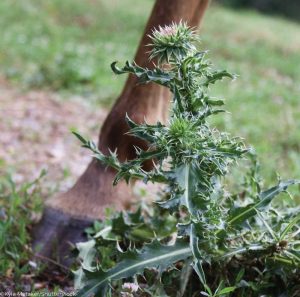
If you suspect that your hay may contain unwanted weeds, perform a simple inspection of each flake before feeding. Rather than merely looking at the areas between each flake, you may want to actually tear a flake open to quickly check the interior for obvious weeds. If possible, it’s also a good idea to inspect a bale or two of hay before you buy it.
Landscape Plants
Besides watching out for wild plants, don’t forget about ornamental and garden plants that people may plant near homes, garages, and other areas of the property. Some additional plants to beware of include:
- Yew
- Oleander
- Rhododendron
- Nightshades
- Foxglove
- Castor Bean
- Ragwort
- Daylily
- Hemlock
- Cherry tree (leaves and fruit)
- Apricot tree (leaves and fruit)
- Peach tree (leaves and fruit)
- Plum tree (leaves and fruit)
Keep Watching
It’s a good idea to perform periodic checks of your pastures to make sure that no toxic plants have gained a foothold unnoticed and can be in reach of your horses. Always do this prior to turning out horses in a new area for the first time, and continue to watch for encroaching weeds.
These tips should give you a starting point, but every region has its own list of concerns, and some plants can be hard to identify. Your vet or a knowledgeable local agricultural extension agent are helpful resources for any questions or concerns you have about plants or trees that may be in your horse’s environment.
This article originally appeared in the May 2019 issue of Horse Illustrated magazine. Click here to subscribe!





What is the reference for daylilies being suspect? The ASPCA say they are non-toxic to horses:
https://www.aspca.org/pet-care/animal-poison-control/toxic-and-non-toxic-plants/orange-day-lily
Privet is also toxic to horses